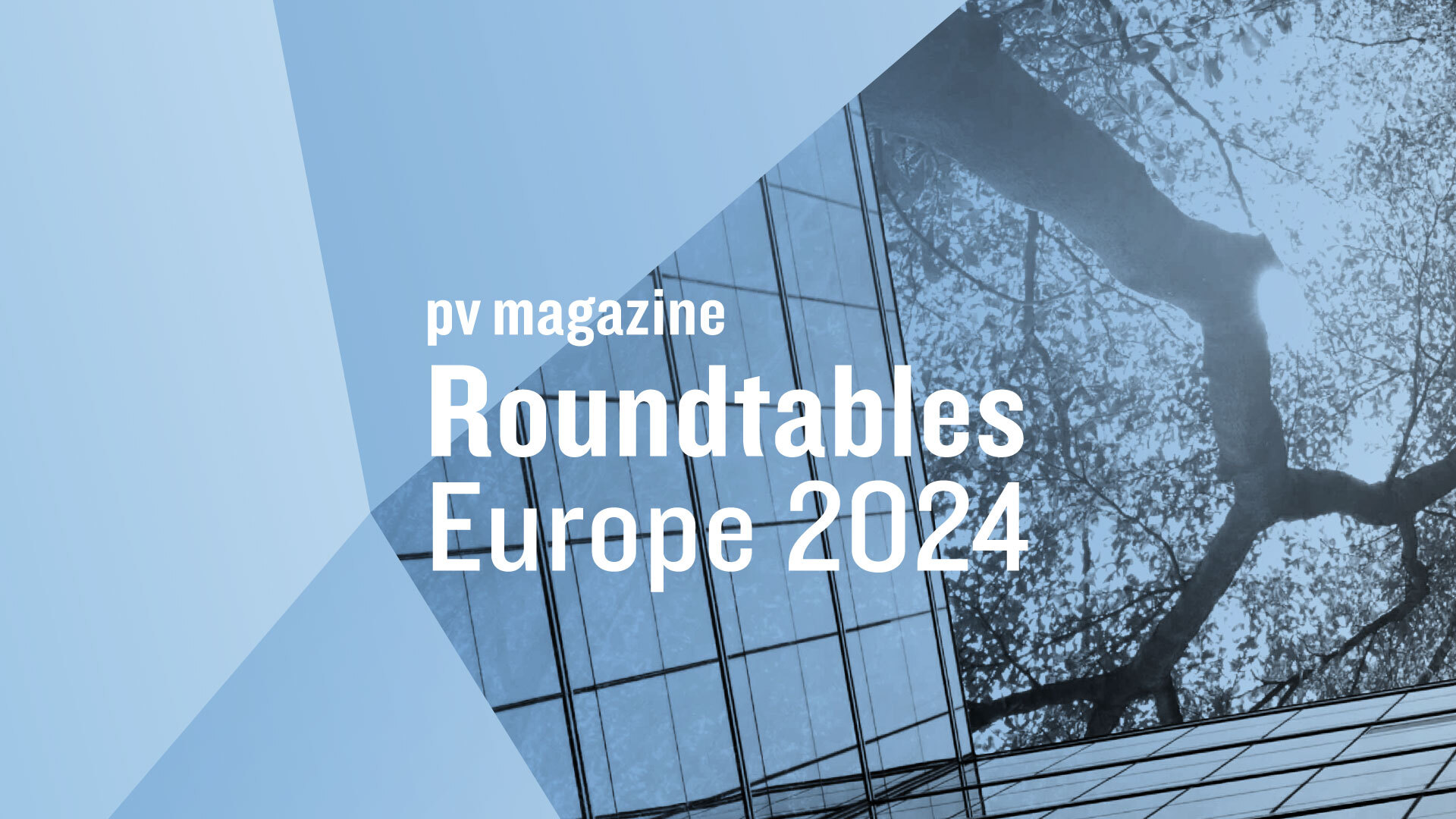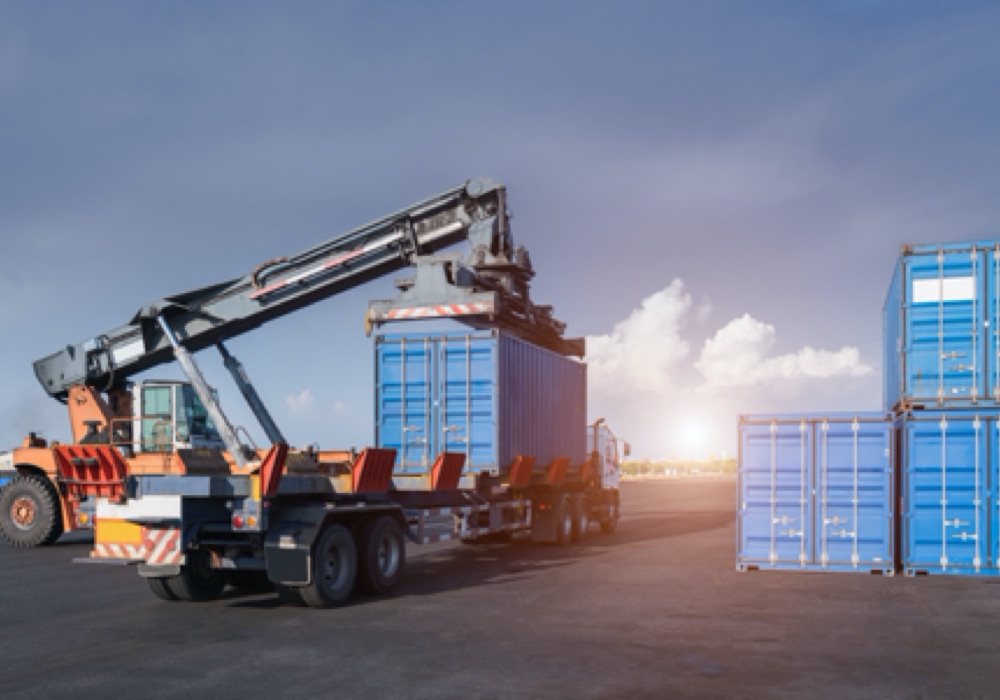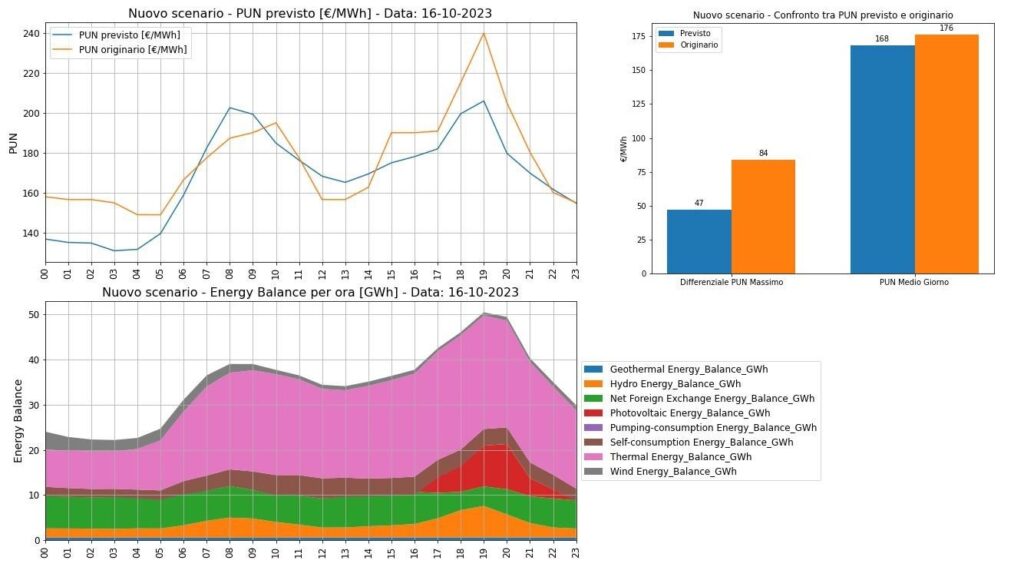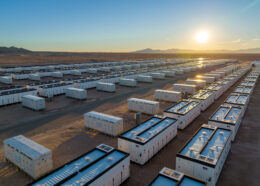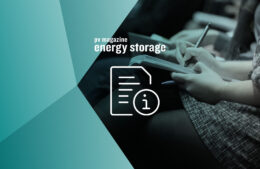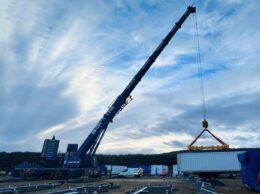How grid operators and renewable energy producers can use batteries to develop a flexible energy system

The rapid expansion of renewable energy sources, such as solar and wind, presents opportunities and challenges. While these sources drastically reduce carbon emissions, they also introduce variability and intermittency into the power grid. We must address this imbalance and ensure the stability and reliability of our energy systems.
However, it is crucial that the imbalance that renewable energy creates is not seen as an individual challenge but as a collective responsibility that requires collaboration between grid operators and renewable energy producers. As we face these unprecedented challenges, the need for flexible assets like batteries becomes more pronounced.
For now and in the foreseeable future, batteries offer a crucial means of managing fluctuations in renewable energy production. Whether providing short-term frequency regulation or storing excess energy for later use, batteries can play a vital role in balancing supply and demand on the grid.
As the prices for electricity and ancillary services vary, the value of a battery increases. Our view is that we have only seen the tip of the iceberg concerning the hourly variations in prices. As the cost of a battery gradually decreases, and it generates multiple benefits, such as behind the meter in hybrid plants, it is something to consider for renewable energy producers.
Through the lens of a grid operator, we must prepare for the expected increase of imbalances occurring from forecasting errors. This includes when selling renewable energy in the day-ahead and intra-day electricity markets. We foresee the need for balancing energy to increase proportionally with the capacity of renewables connected to the grid. Hence, everyone needs to provide as much flexibility as possible to ensure the cost-effective balancing of a fully renewable energy system. This is particularly true in Denmark, as the main providers of flexibility are slowly phased out, namely the central and decentral combined heat and power plants.
Hence, new technologies and renewable energy companies will be crucial in maintaining system stability. Collaboration in the balancing market is essential to ensure a smooth transition towards a renewable energy-driven future.
If we, as renewable energy producers, bring large amounts of renewable energy production online, we must take responsibility for how it impacts the grid. This means planning projects that align with the objectives of the grid operators.
Looking at the future of the energy system, it should be a shared goal to design markets that provide economic incentives to support balancing the system. No matter what solutions each market finds, increased flexibility and joint responsibility look to be key elements. Producers and operators will have to work together to achieve market dynamics that make the system work for all participants.
As an example, Better Energy is undertaking its first battery project at one of its Danish solar parks, where a 10 MW lithium-ion system will be installed by the end of 2024. This presents an opportunity for us to develop strategies based on Energinet’s need for system flexibility and an energy system based primarily on renewables.
Technology aside, we can’t successfully transition to renewable energy without a strong understanding and cooperation with the grid operators. Our organisations have previously collaborated to certify a solar park to provide frequency services. This is an example of the collaboration and understanding needed between renewable energy producers and grid operators to achieve a stable and reliable power grid.
As the country with the most intermittent renewable electricity production relative to the electricity consumption in the world, Denmark and Energinet want to punch above its weight and demonstrate that it is possible to balance a fully renewable system cost-effectively. We try to foster innovation and new solutions and have a history of strong collaboration with market parties.
From Better Energy’s perspective, Denmark is fortunate to have such progressive grid operators who are committed to transitioning away from fossil fuels and building an energy system that will sustain us for years to come. We hope this approach will serve as an example for surrounding countries that are in the midst of the energy transition.
About the authors:
Viggo Aavang is Senior Vice President of Power Markets at Better Energy, a renewable energy company that develops, constructs and operates renewable energy parks in Northern Europe. He has over 20 years of experience in European power markets and is committed to building a flexible energy system based on renewables.
Thomas Dalgas Fechtenburg is Senior Manager, Ancillary Services at Energinet, the Danish transmission grid system operator. He has over eight years of experience at Energinet and is deeply committed and involved in developing solutions that will allow Denmark to balance the renewable system of the future.



